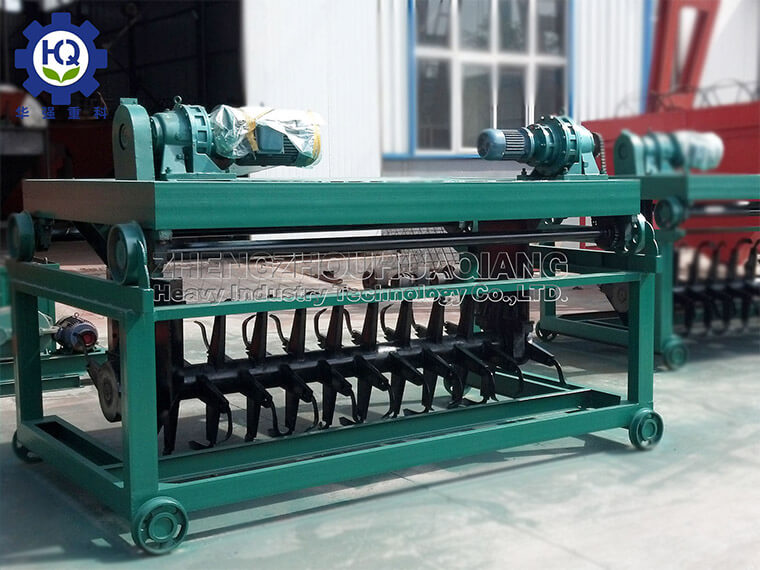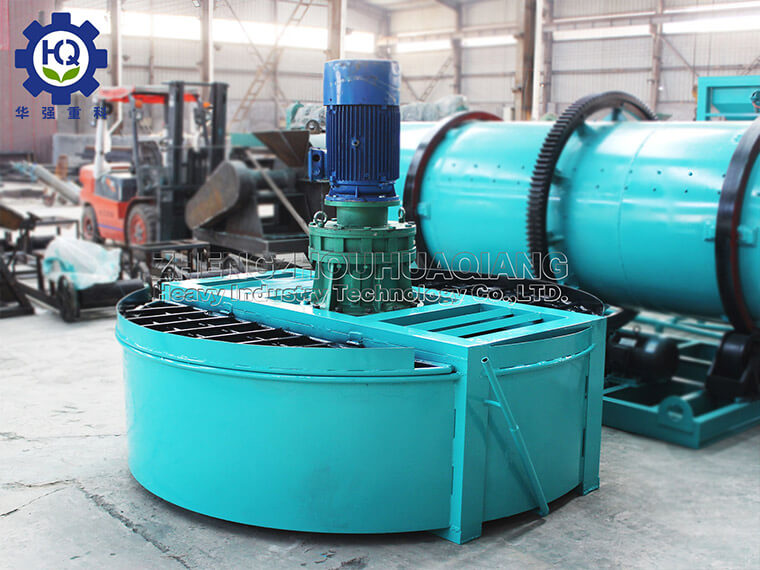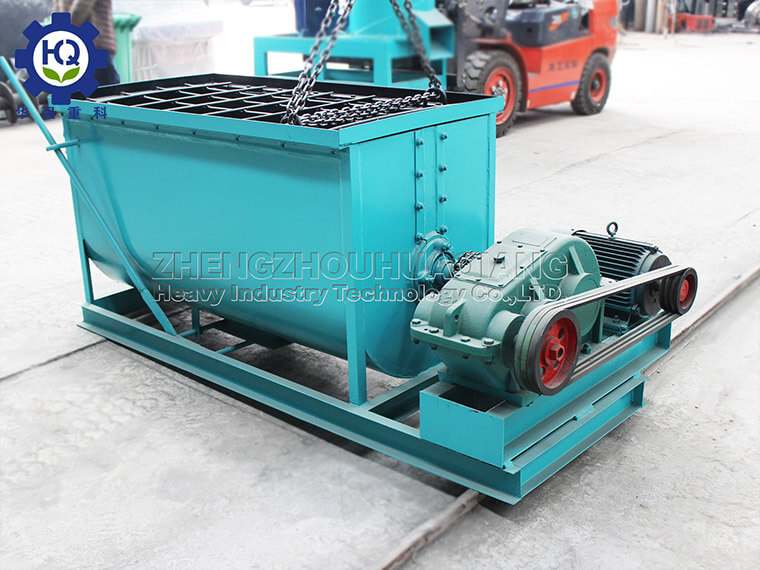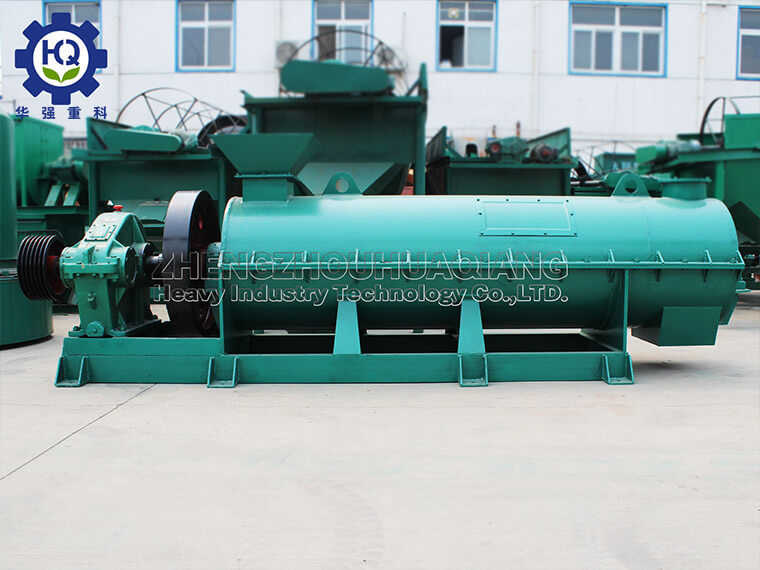Horizontal mixers are suitable for large-scale organic fertilizer production enterprises. Due to their large mixing capacity, generally reaching several cubic meters or more, they can meet the high production volume demands of enterprises. They perform exceptionally well when mixing common organic fertilizer raw materials such as livestock and poultry manure, straw powder, peat soil, etc. At the same time, for formulating high-mixing-uniformity requirements, horizontal mixers can also precisely complete tasks, ensuring the uniform distribution of various nutrients in the fertilizer, improving product quality.
For small-scale organic fertilizer production plants with limited space but needing efficient mixing operations, the vertical disc mixer is an ideal choice. Its small footprint allows flexible placement in various spatial environments.
double axis mixer are suitable for medium-sized organic fertilizer production and have obvious advantages when processing raw materials containing more impurities or larger particles. For example, when using urban domestic waste composting to produce organic fertilizer, the raw materials may contain undecomposed branches, plastic debris, and other impurities. Double axis mixer can effectively mix these materials while ensuring the normal operation of the equipment.
BB fertilizer blender are often used in the production of organic fertilizer products that require high precision in material granularity and mixing uniformity, such as some high-end flower special fertilizers or economic crop special fertilizers. In the production process of these fertilizers, various raw materials with different properties, such as organic matter, trace elements, plant growth regulators, etc., need to be precisely mixed. BB fertilizer blender can ensure the uniform distribution of all components, meeting the precise nutrient requirements of crops.
Different types of organic fertilizer mixers have their differences in working principles, characteristics, and applicable scenarios. When choosing an organic fertilizer mixer, enterprises should consider factors such as their own production scale, material properties, product quality requirements, and cost budget comprehensively and select the most suitable equipment to achieve efficient and high-quality organic fertilizer production. By reasonably selecting mixers, enterprises can not only improve production efficiency and reduce production costs but also enhance product quality and market competitiveness.







